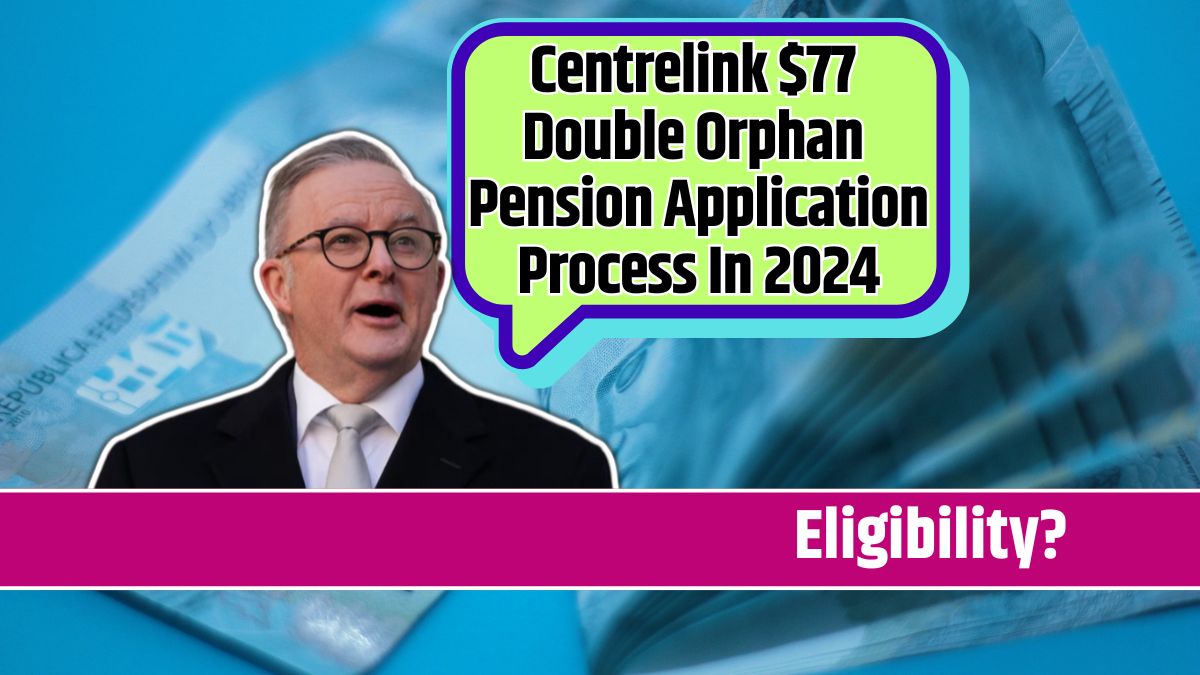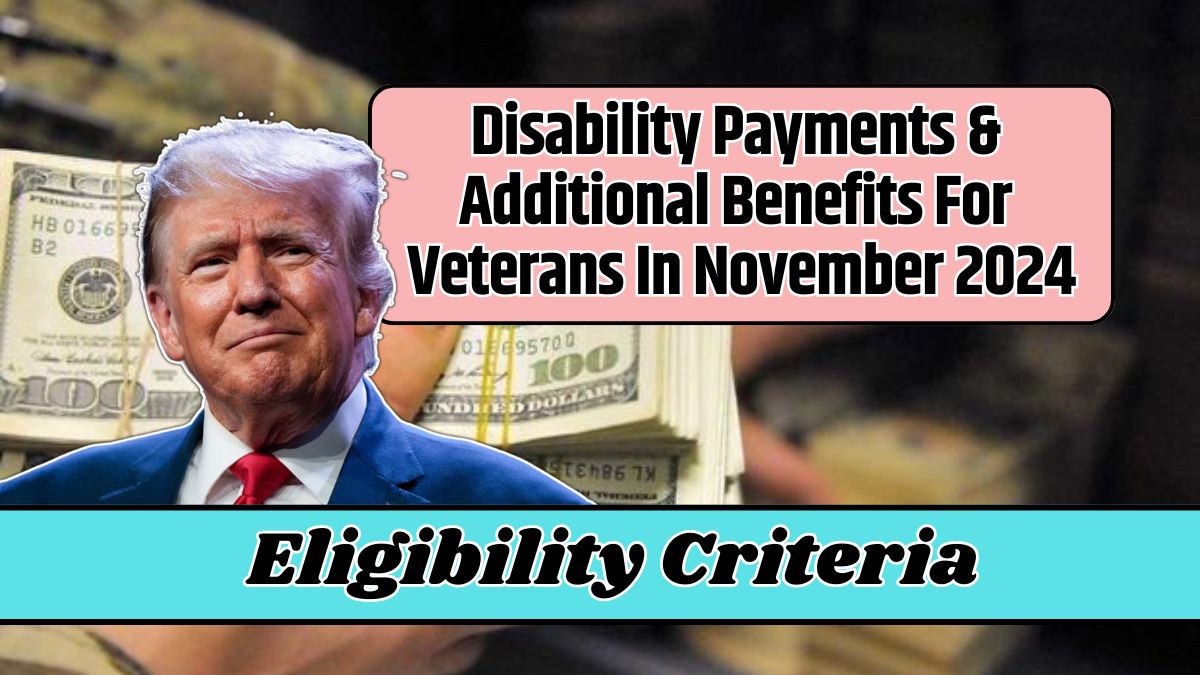The Double Orphan Pension is a financial support program offered by Centrelink to caregivers of children who have lost both parents or face similar challenging circumstances.
In 2024, the payment amount is $77 per fortnight, designed to provide essential financial assistance for those stepping into caregiving roles. Here’s an in-depth look at the program, including eligibility requirements, payment details, and the application process.
What Is the Double Orphan Pension?
The Double Orphan Pension is a non-taxable financial aid provided by the Australian government through Services Australia. While the payment may not cover all caregiving expenses, it acknowledges the increased responsibilities and provides some financial relief to caregivers managing challenging circumstances.
The payment is available to:
- Caregivers of children who have lost both parents.
- Caregivers of children whose parents are unable to provide care due to imprisonment, institutionalization, or refugee status.
Eligibility Criteria
To qualify for the Double Orphan Pension, you must meet several requirements related to caregiving responsibilities, residency, and the child’s circumstances.
1. Caregiving Requirements
- You must care for the child at least 35% of the time.
- You cannot receive other payments for the same child, such as the Orphan Pension from the Department of Veterans’ Affairs.
2. Residency Rules
- Both you and the child must meet Australian residency rules.
- Acceptable statuses include:
- Australian citizenship.
- Permanent residency.
- Eligible temporary visas.
3. Child’s Circumstances
The child must fall into one of the following categories:
- Both parents are deceased.
- One parent is deceased, and the other parent is:
- Serving a prison sentence of at least 10 years.
- Institutionalized in a psychiatric or long-term care facility.
- Untraceable or their whereabouts are unknown.
- The child is a refugee with no parental care or whose parents’ whereabouts are unknown or reside overseas.
Payment Details
| Feature | Details |
|---|---|
| Amount | $77.00 per fortnight |
| Taxable Status | Non-taxable |
| Payment Frequency | Fortnightly |
| Annual Adjustment | Reviewed and updated on January 1 |
Although modest, the payment is not income-tested, meaning it won’t be reduced based on your earnings.
How to Apply
Applying for the Double Orphan Pension involves a straightforward process.
Step 1: Gather Required Documents
- Proof of Identity: Passport, driver’s license, or birth certificate.
- Child-Related Documents: Death certificates, proof of incarceration, refugee status documents, or institutional records.
- Residency Proof: Documents demonstrating Australian residency for both you and the child.
Step 2: Complete the Application Form
- Download the Double Orphan Pension claim form from the Services Australia website or collect it from a Centrelink office.
Step 3: Submit Your Claim
Choose from the following methods:
- Online: Through the myGov portal (fastest option).
- Mobile App: Use the Express Plus Centrelink app.
- In-Person or Mail: Visit a Centrelink office or send the application by mail.
Step 4: Await Approval
Centrelink reviews applications on a case-by-case basis. If additional information is required, they will contact you. Processing typically takes a few weeks.
Payment Dates for 2024
Payments are made fortnightly, with adjustments made for public holidays. For example, during the Christmas or New Year period, payments may arrive earlier to accommodate office closures.
Check the Services Australia payment calendar for exact dates.
Combining the Double Orphan Pension with Other Payments
The Double Orphan Pension can complement other benefits, such as:
- Family Tax Benefit (FTB): For caregivers of dependents.
- Parenting Payment: For primary caregivers of young children.
- Carer Allowance: For those caring for individuals with disabilities or medical conditions.
Ensure you explore all available options to maximize financial support.
Real-Life Example
Maria, a caregiver in Brisbane, began receiving the Double Orphan Pension after her niece lost both parents. The $77 fortnightly payment, while modest, helped cover school supplies and extracurricular activities. Combined with the Family Tax Benefit, Maria was able to better manage her niece’s needs while navigating her new caregiving responsibilities.






















